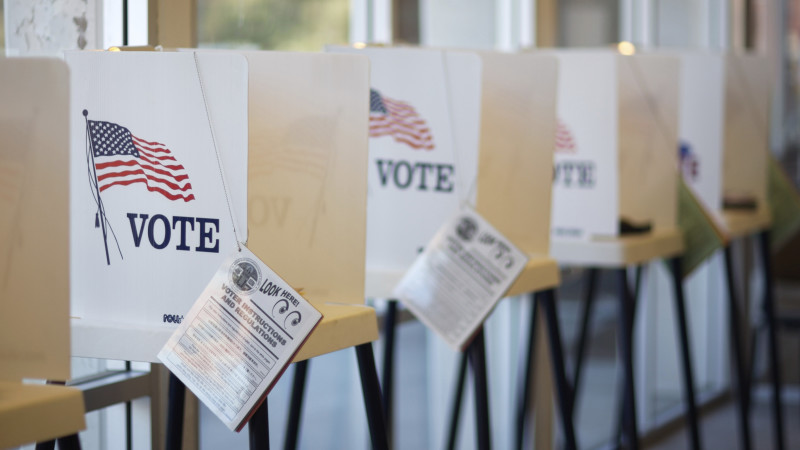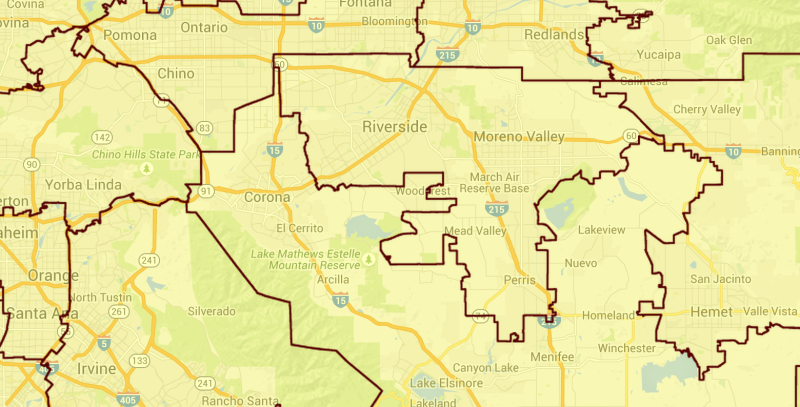Any invalidation of the Grand Canyon State's system was widely believed to spell doom for the congressional maps drawn here in 2011. Those maps were the product of intense and emotional debate by the state's new citizens commission that summer, especially in the trade-offs at hand for Latino and African-American communities in and around Los Angeles.
Had the commission's power to draw those maps been outlawed by a ruling against the Arizona panel, the California Legislature would have been thrust into a job it hasn't done since 2001 -- a process that was so roundly criticized as blatant political gerrymandering that it led to ballot initiatives in 2008 and 2010 to permanently give the job to a commission of California citizens.
California legislators would have had to navigate both legal and political hurdles, using outdated census data to draw congressional maps in a matter of weeks for the 2016 election cycle.
Ginsburg's ruling in the case made clear that the court's majority believes Arizona's legislators were misreading the constitutional intent of describing a state's role in overseeing the election of its members of Congress.
"We hold that the Elections Clause permits the people of Arizona to provide for redistricting by independent commission. To restate the key question in this case, the issue centrally debated by the parties: Absent congressional authorization, does the Elections Clause preclude the people of Arizona from creating a commission operating independently of the state legislature to establish congressional districts? The history and purpose of the Clause weigh heavily against such preclusion, as does the animating principle of our Constitution that the people themselves are the originating source of all the powers of government."
Ginsburg was joined in affirming the power of voters to change the rules of redistricting by Justices Anthony Kennedy, Stephen Breyer, Sonia Sotomayor and Elena Kagan.
(Kennedy was, as in so many cases, the most interesting of the jurists to watch; as a young attorney in his native Sacramento, he helped draft a tax-cutting initiative championed by then-Gov. Ronald Reagan in 1972.)
The majority seemed particularly troubled by the notion that Arizona's legislators wanted to single out congressional elections as unique; as in California, the state's redistricting commission also draws political boundaries for its legislative races. Those powers were not at issue, because they don't involve federal elections. "The [Constitution's Elections] Clause surely was not adopted to diminish a state’s authority to determine its own lawmaking processes," wrote Ginsburg.
Chief Justice John Roberts, writing the dissent, mocked the idea that the constitutional language regarding congressional elections could be interpreted widely enough to allow voters to play the role of a legislative power:
"The Court's position has no basis in the text, structure, or history of the Constitution, and it contradicts precedents from both Congress and this Court. The Constitution contains seventeen provisions referring to the "Legislature" of a State, many of which cannot possibly be read to mean 'the people'... Nowhere does the majority explain how a constitutional provision that vests redistricting authority in 'the Legislature' permits a State to wholly exclude 'the Legislature' from redistricting."
Roberts was joined in his dissent by Justices Antonin Scalia, Clarence Thomas and Samuel Alito. He wrote that Arizonans who were concerned about an unfair process of drawing congressional maps could have, and perhaps should have, petitioned Congress for help -- and that Congress has power under the U.S. Constitution to intervene. Or, he wrote, citizens could work to amend the Constitution.
And Roberts concluded his dissent with a sharp jab at his fellow justices.
"Unfortunately," he wrote, "today’s decision will only discourage this democratic method of change. Why go through the hassle of writing a new provision into the Constitution when it is so much
easier to write an old one out?"

